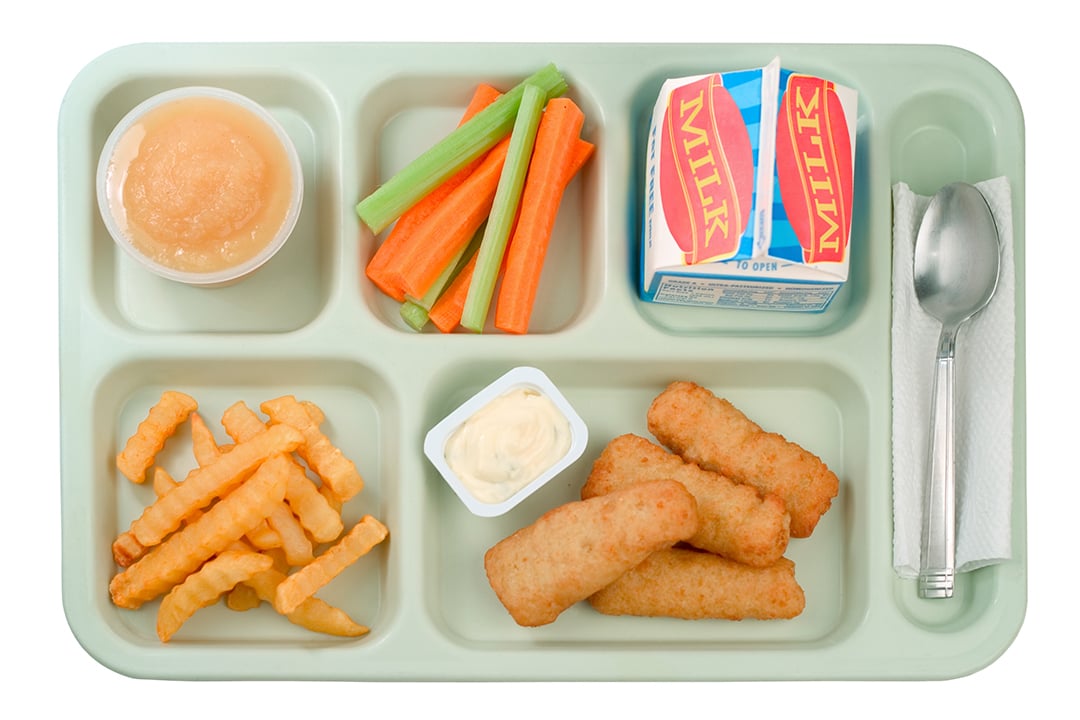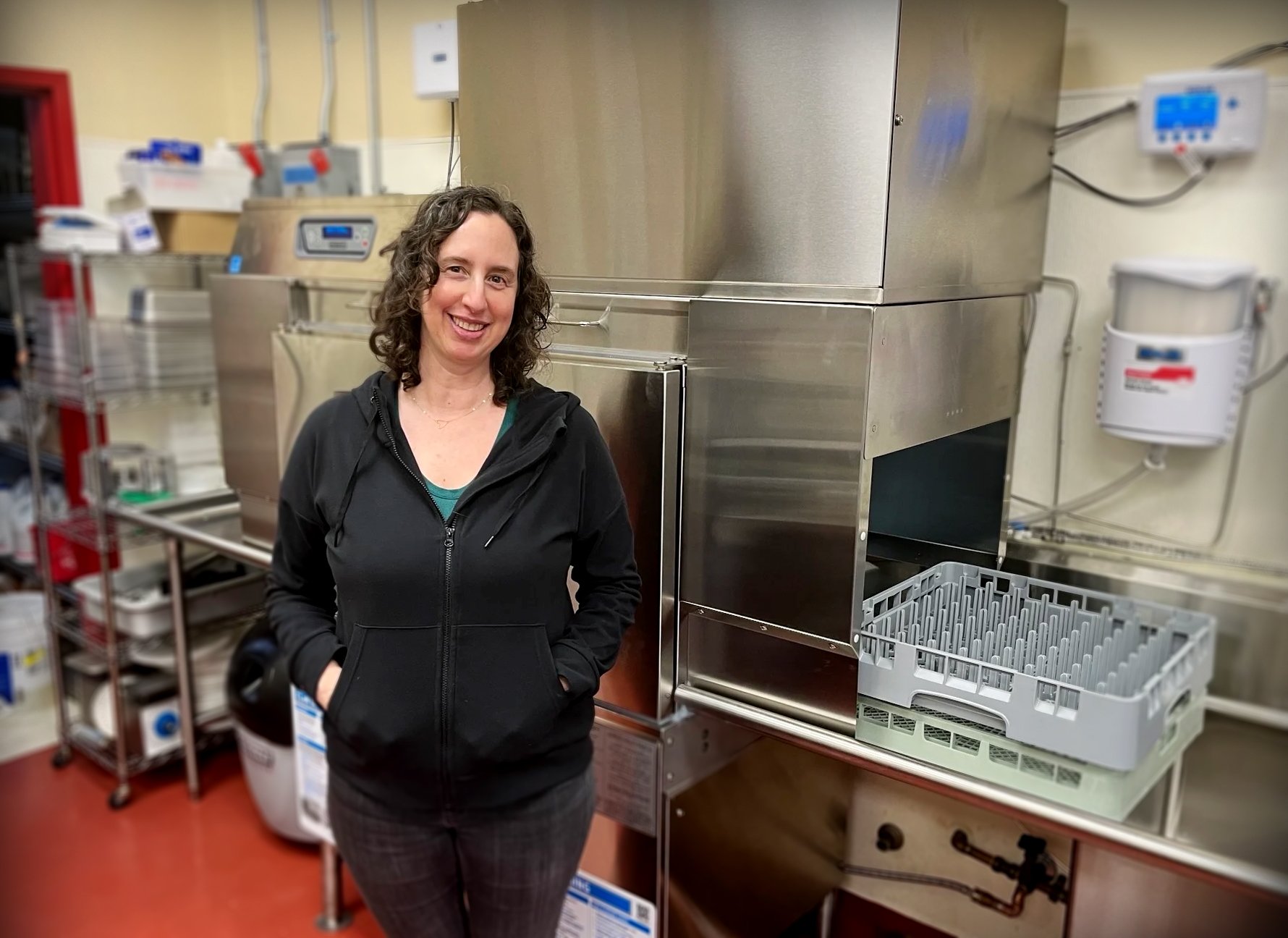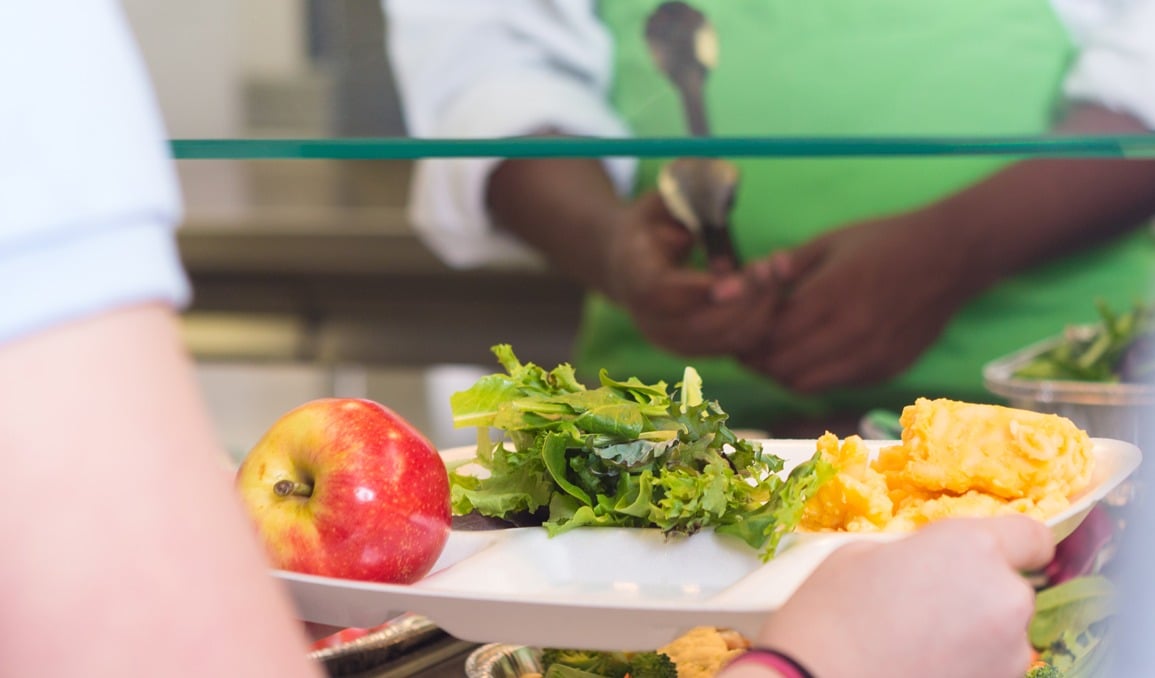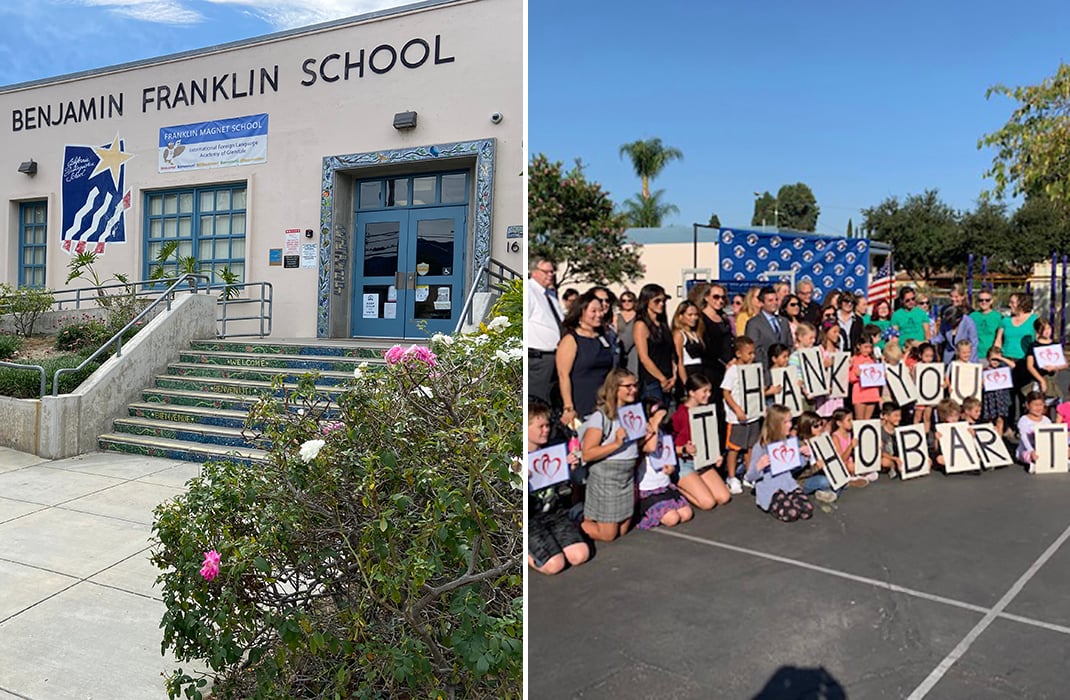Each year, an estimated 7.5 to 8 billion breakfasts and lunches are served to K-12 students across the United States. The type of ware used to serve those meals in some ways is just as important as the food that’s on it, and plays a big role in determining the budget, labor needs and waste management for a food service operation.
Many school systems relied on disposable ware programs during the height of the COVID-19 pandemic, even if they had a reusable ware program before the pandemic. Disposables made it easy to package and deliver to-go meals to students doing remote school and helped address concerns over contamination for on-site education. Now as we emerge from COVID-19 restrictions, K-12 food service is being impacted by additional factors including budgets, availability of supplies and storage space, labor costs, and sustainability expectations and mandates. Many schools are reconsidering their ware programs and making the switch to reusables.
Types of Ware for K12 Foodservice
School systems throughout the United States use a mixed bag of ware items. Some choose to go all or none on reusable or disposable, while others use a mix of both. Determining the right path depends on a variety of factors including cost, availability of items, storage space and staffing considerations.
Disposable/Recyclable Ware
Plastic flatware and Styrofoam serving trays are a familiar sight in many school lunchrooms. The serving ware is relatively cheap to purchase and doesn’t require labor to clean it. The downside is that it sends a lot of trash to our landfills that is not biodegradable. Some types of plastic ware are recyclable, which helps offset the negative impacts on the waste stream (#6 or PETE plastic can be recycled); however, recycling can add labor needed for sorting items at the disposal end of the cafeteria.
Compostable Ware
While three to five times more expensive than plastic disposable ware, compostable programs reduce the amount of trash going into landfills while maintaining the convenience of disposables. Compostable trays, utensils and serving ware come in a variety of materials including Kraft paper, bamboo, and Bagasse, which is made of sugar cane pulp. Products certified as 100% compostable and/or biodegradable are certified to ASTM D6400 certification standards. Before jumping into a compostable program check with your municipality on the availability and cost of compostable waste management services, which typically result in additional fees on top of standard trash collection.
Reusable Ware
From stainless steel utensils to plastic or melamine serving trays, reusable ware offers a wide variety of choices that can fit any budget for K-12 programs, with a net savings that comes from a one-time ware purchase. Reusable ware programs also minimize the amount of trash going into the waste stream and can reduce trash collection costs. There is added labor time needed to wash dishes, but this can be offset with a commercial dishmachine, which also saves time spent handwashing prep ware, providing a net time savings.
Don’t Forget Your Prepware Ware
Many schools hand wash their prep ware in a three-compartment sink, which is time consuming and yields inconsistent sanitization. An automated dishmachine makes short work of cleaning pots, pans and utensils, freeing up even more time to use in other parts of the kitchen, or in getting staff out early. This is an important factor when considering a reusable ware program.
Ware Type |
Costs |
Pros |
Cons |
Disposables |
Forks .03 |
|
|
Compostables |
Forks .15 |
|
|
Reusables |
Forks .19 |
|
|
Consider the Benefits of Reusables & a Commercial Dishwasher
Research by the School Nutrition Information Center found schools that use reusable, compartmentalized serving trays used the lowest amount of energy and produced the lowest amount of solid waste when compared to other programs using a variety of disposable ware and flat trays. In addition, the use of an efficient commercial dishwasher can cut water and energy consumption more than half when compared to a three-compartment sink. And with the time a dishmachine saves, staff are freed up to do other tasks, improving the overall productivity of the food service operation.
The net benefit of labor time savings, combined with the elimination of purchasing costs for disposables or compostables, can tip the scales in favor of a reusable program for many schools.
If you’re looking for ways to improve productivity and sustainability measures in your K-12 school setting, consider a reusable ware program with a commercial dishmachine. Visit our Reusable Ware & Sustainability web site for more information and to use our Reusable Ware Calculator to compare the costs of each ware type program.




%20.jpg)





